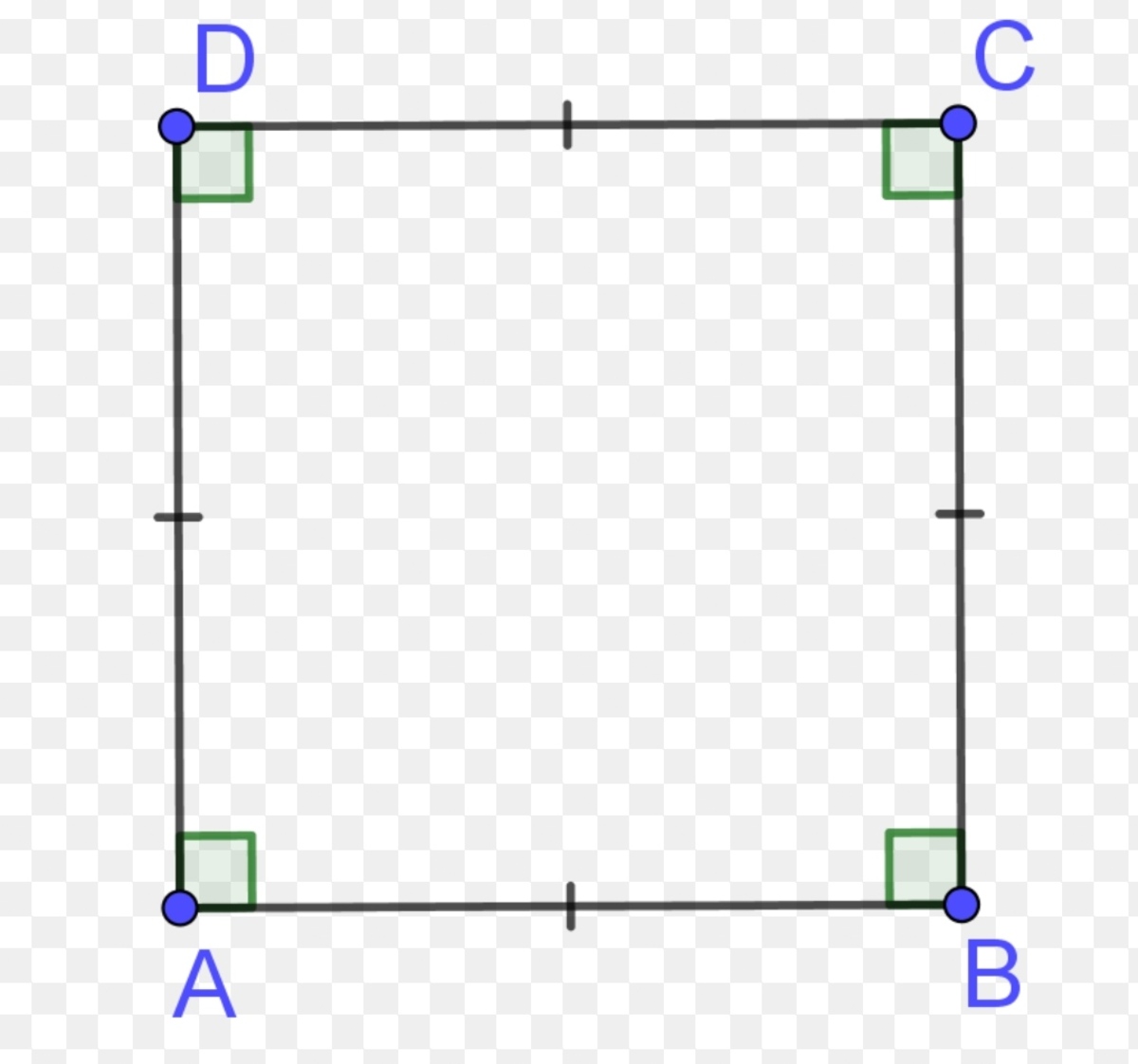
You randomly select a point on the of .
Find the that Point selected is such that you could never form an triangle whose other two vertices and are such that and lie on and lie on .
If your Probability is of form , Enter your answer as .
All of my problems are original
Difficulty:
The answer is 160.
This section requires Javascript.
You are seeing this because something didn't load right. We suggest you, (a) try
refreshing the page, (b) enabling javascript if it is disabled on your browser and,
finally, (c)
loading the
non-javascript version of this page
. We're sorry about the hassle.
Let's do it using coordinate geometry.
Let square be of side a
Now, each side is symmetric and so, solving using one side gives answer for all sides. So, let's solve considering P on side A B .
So, other two vertices will be on A D and B C .
Now, when P is at mid point of A B , Q and R will be on A D and B C such that they are at same distance from side A B , by symmetry.
Now, as P will move to left, Q will move up and R will move down. Similar is true when P will move right.
At one point, P will be at such point that Q will coincide with D and R will be at some point. Similar is true when P is moved right. At that point, P can't be moved more as Q will go off the sides. Let it be P ′
So, let's find coordinate of P ′ at that point.
P ′ Q ′ = Q ′ R ′ = R ′ P ′ or P ′ Q ′ 2 = Q ′ R ′ 2 = R ′ P ′ 2
a 2 + x 2 = a 2 + x 2 = ( a − x ) 2 + ( a − x ) 2
Solving, we get x = a ( 2 − 3 )
Now, Probability that Equilateral triangle can be selected will be twice of A B P P ′ as P could also be moved right and we have only considered left.
P r o b a b i l i t y = 1 − 2 A B P P ′
P r o b a b i l i t y = 1 − 2 a 2 a − a ( 2 − 3 )
P r o b a b i l i t y = 4 − 1 2
So, a = 4 and b = 1 2 and a 2 + b 2 = 1 6 0